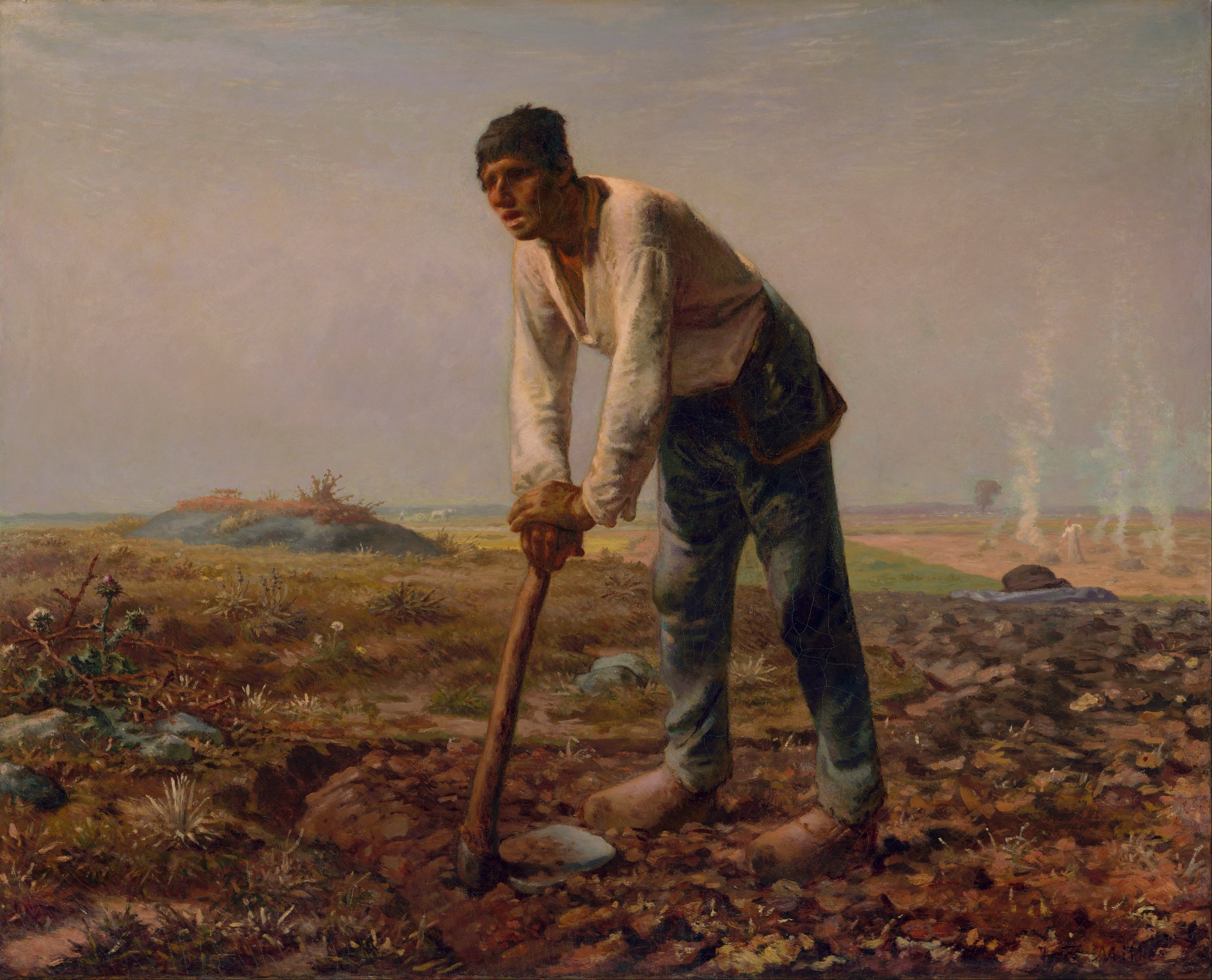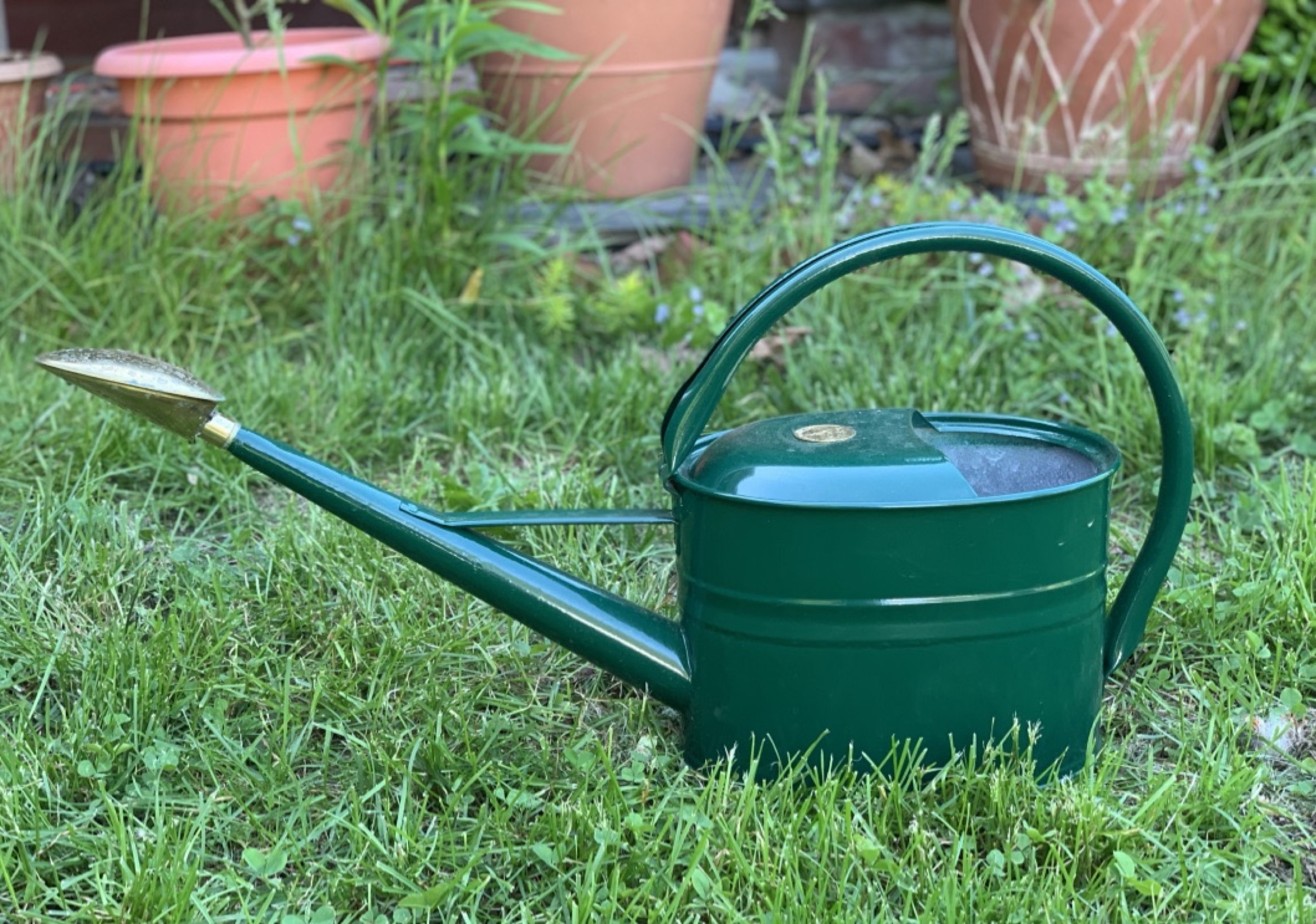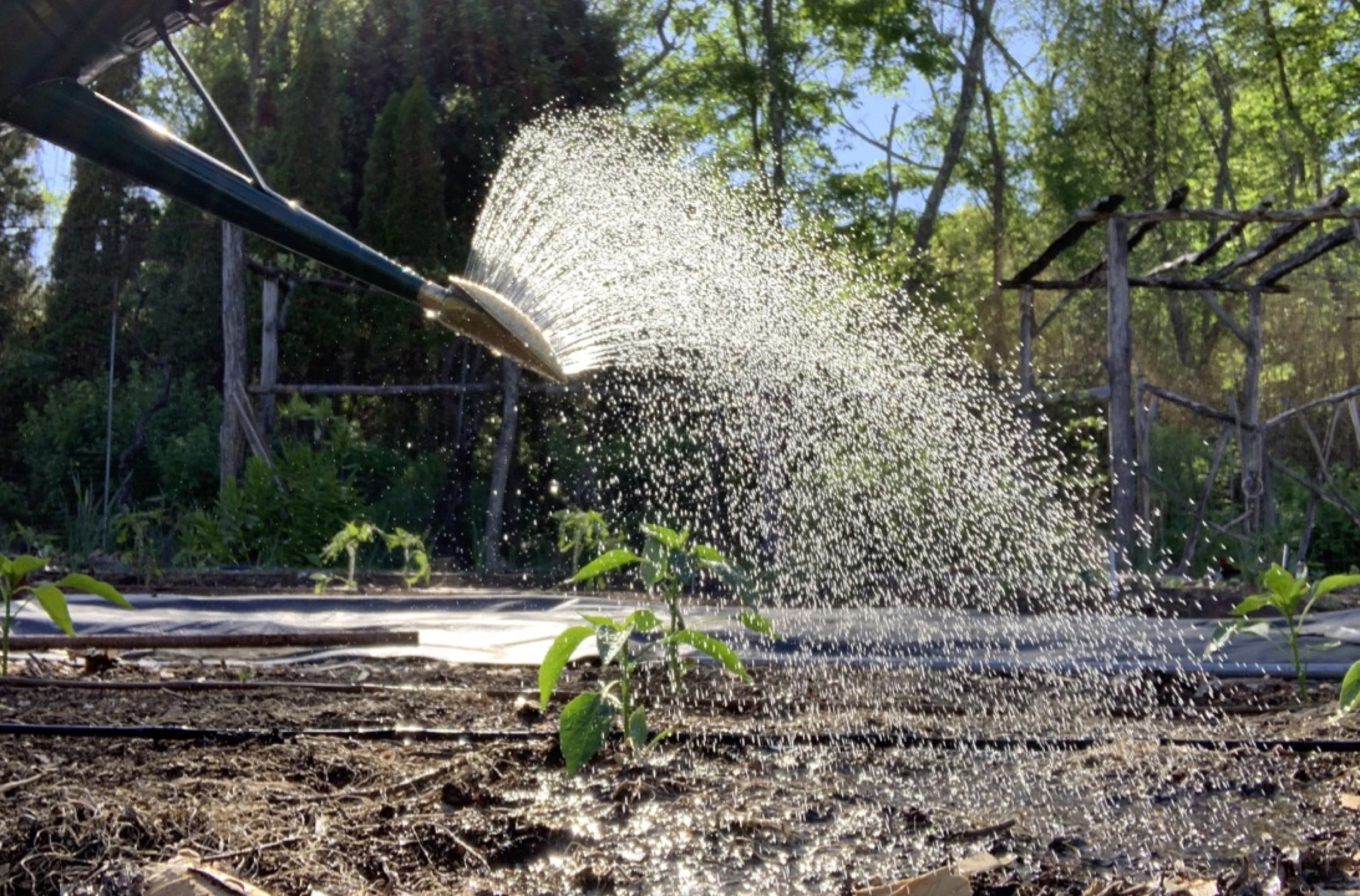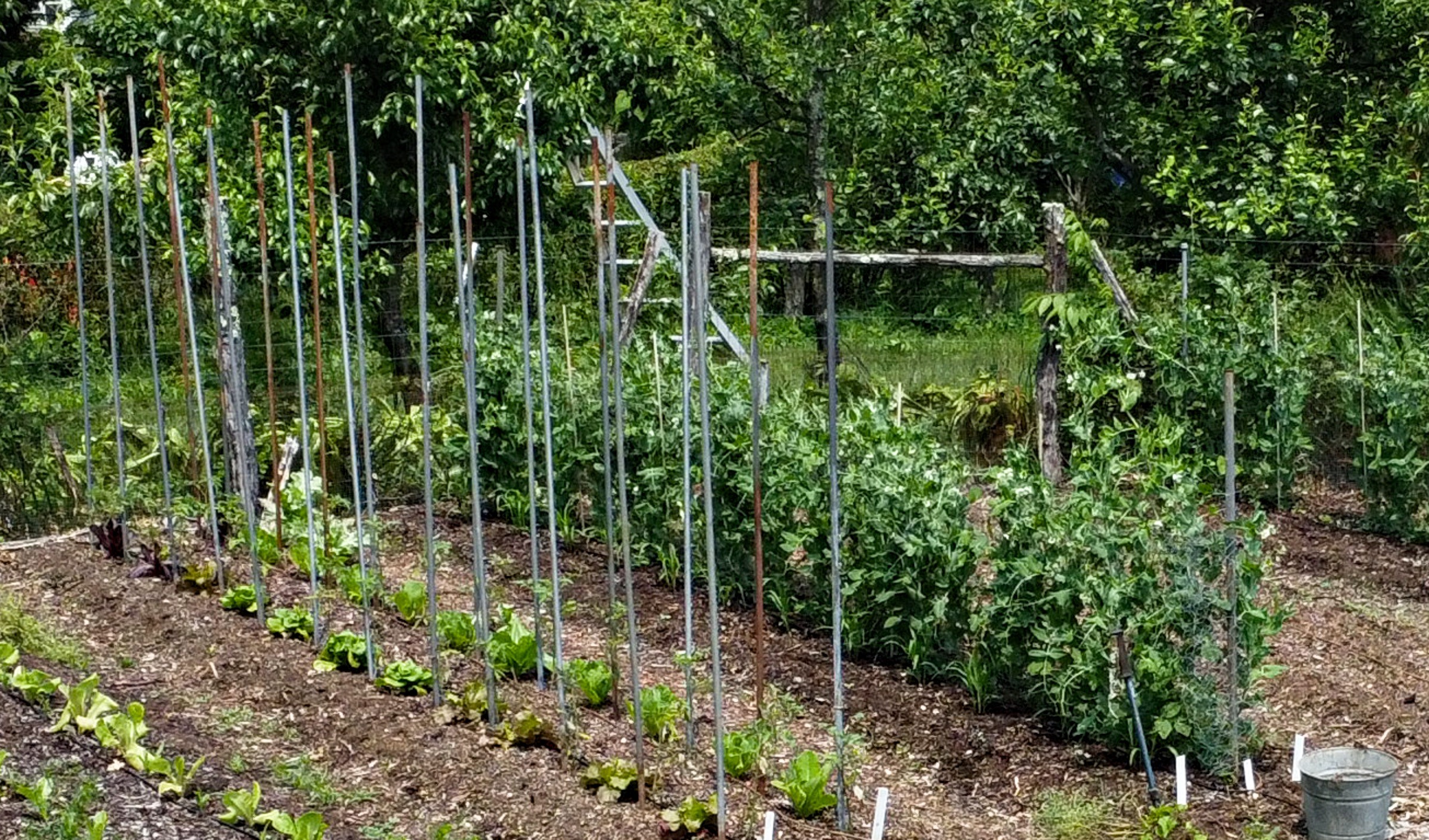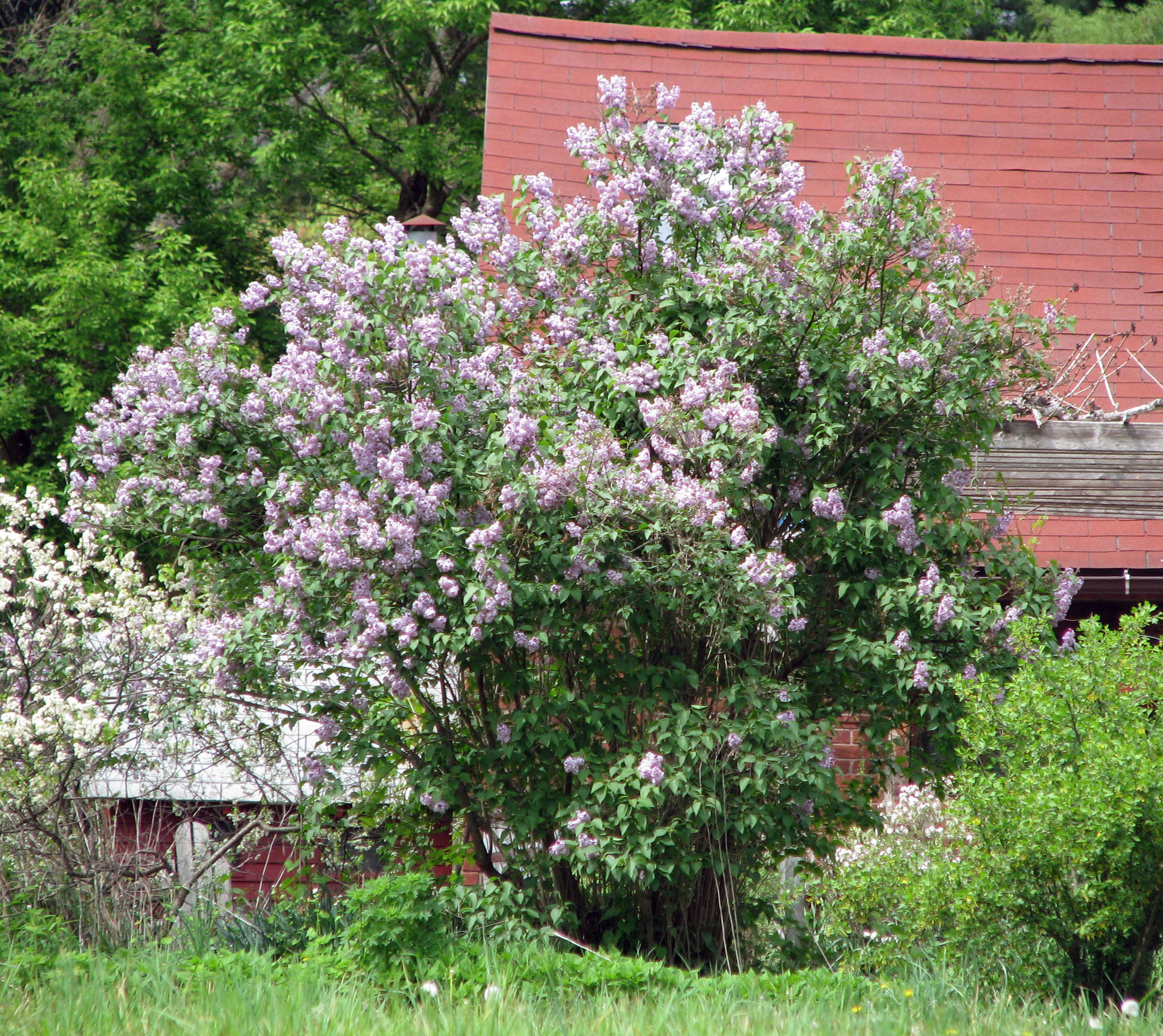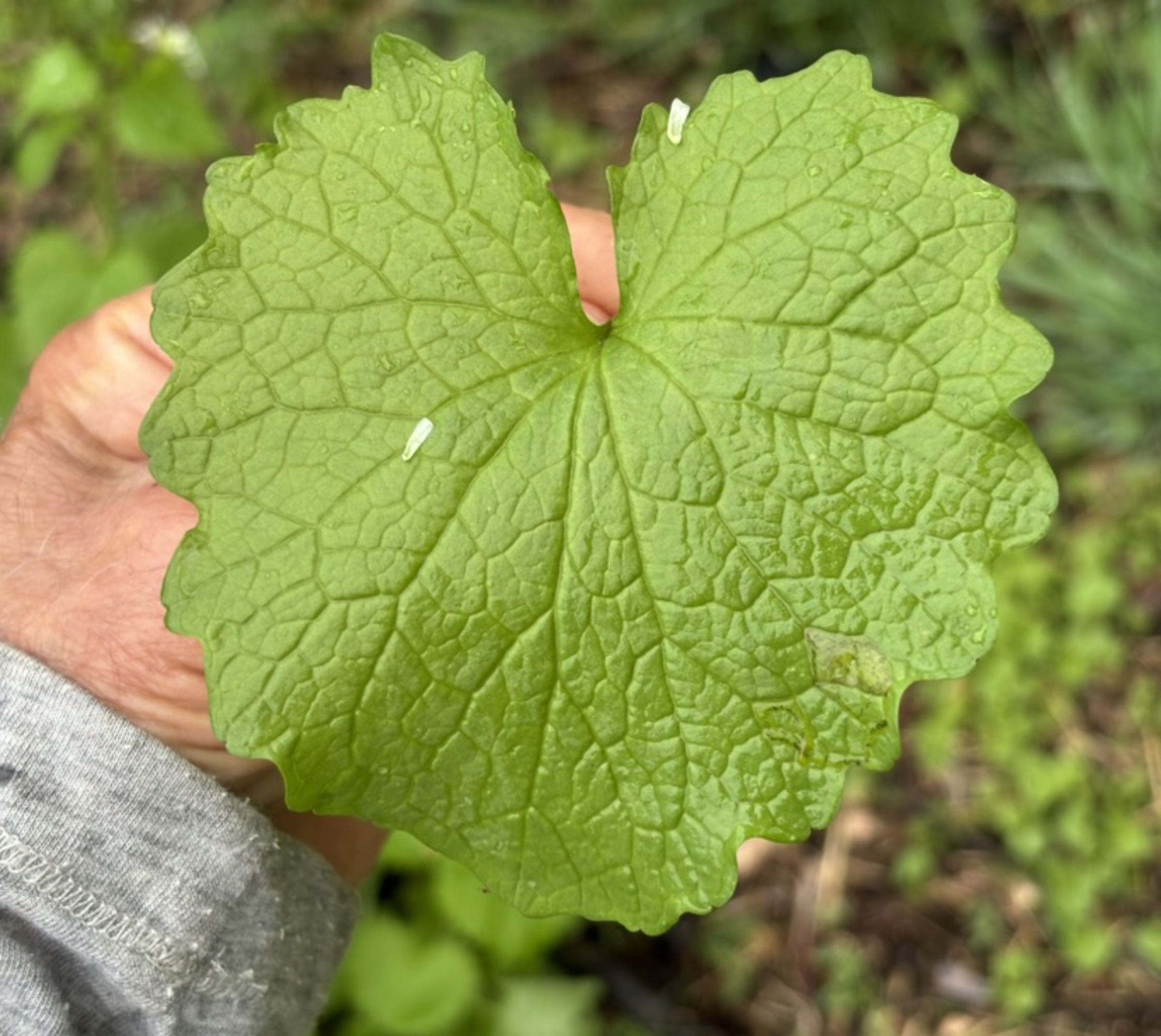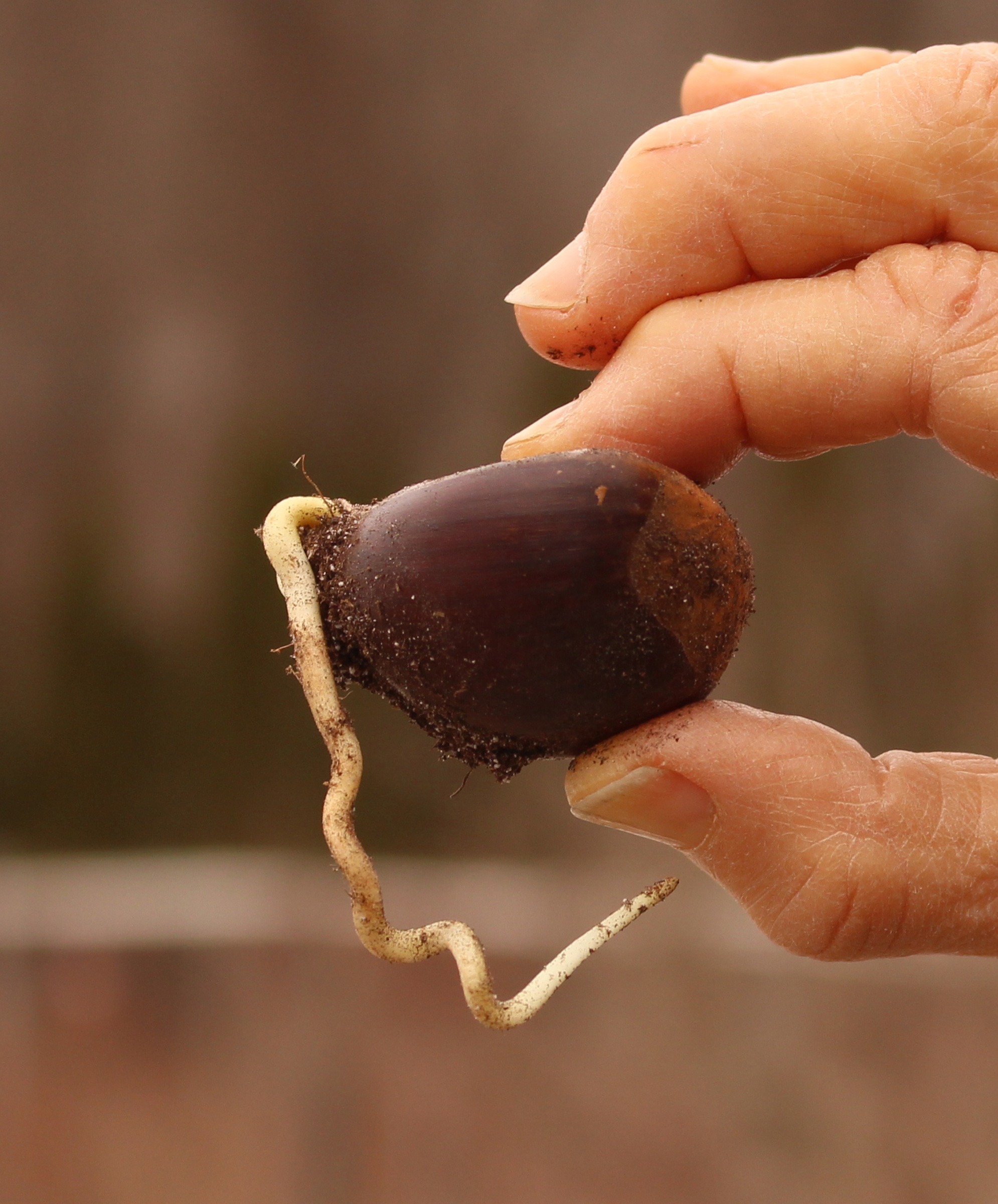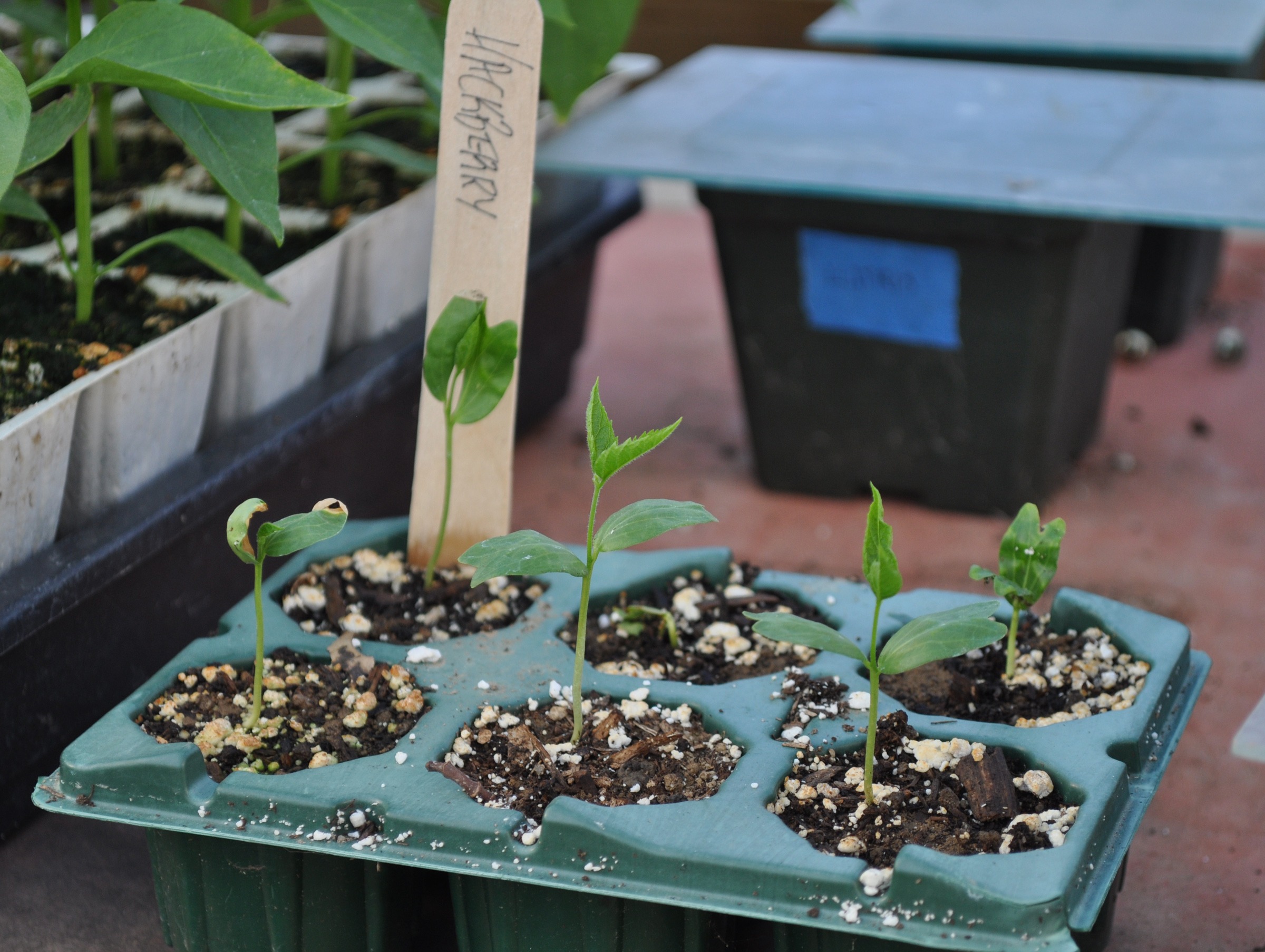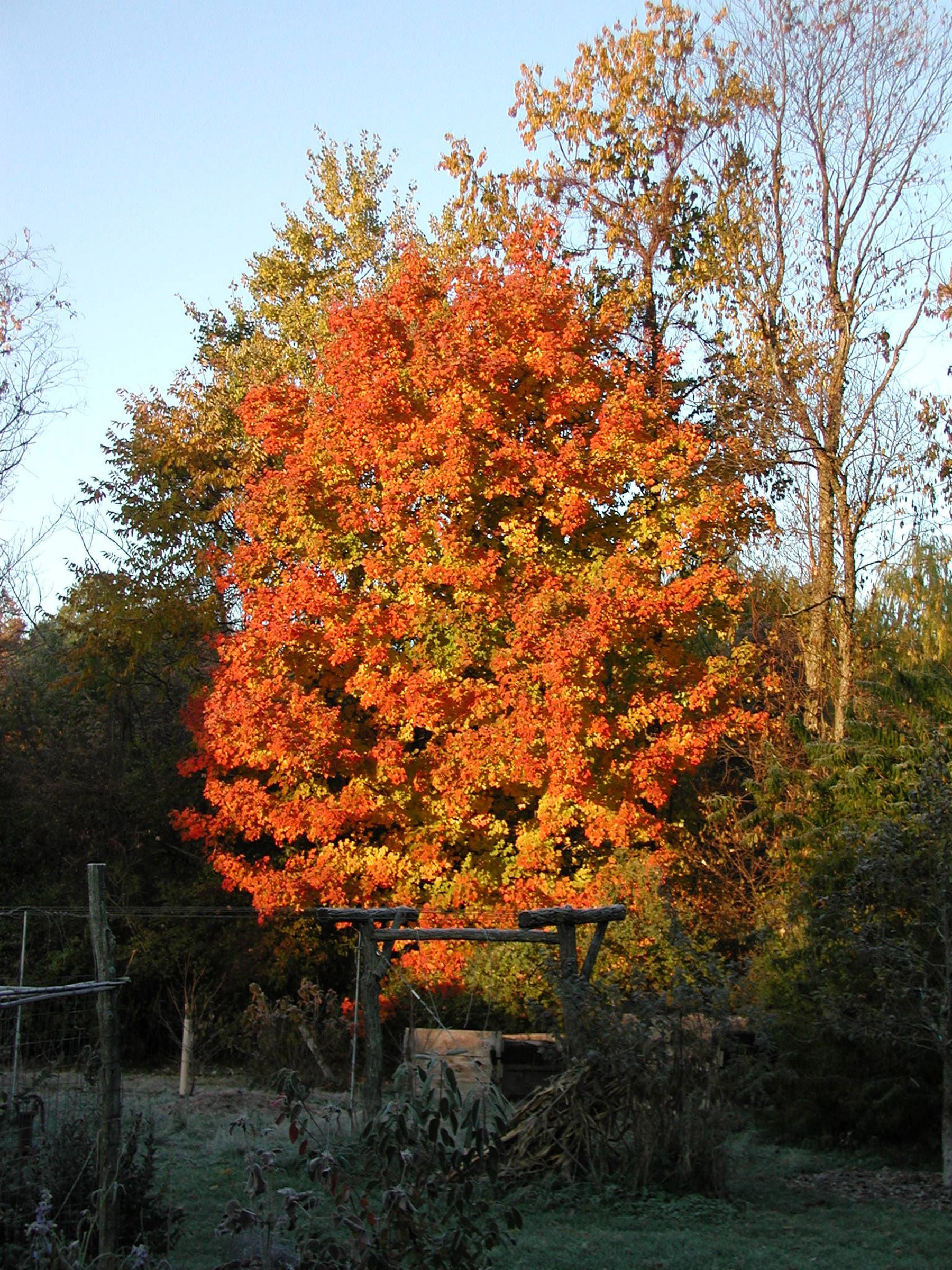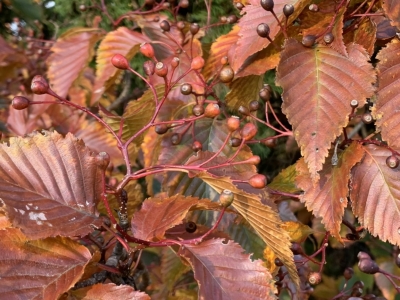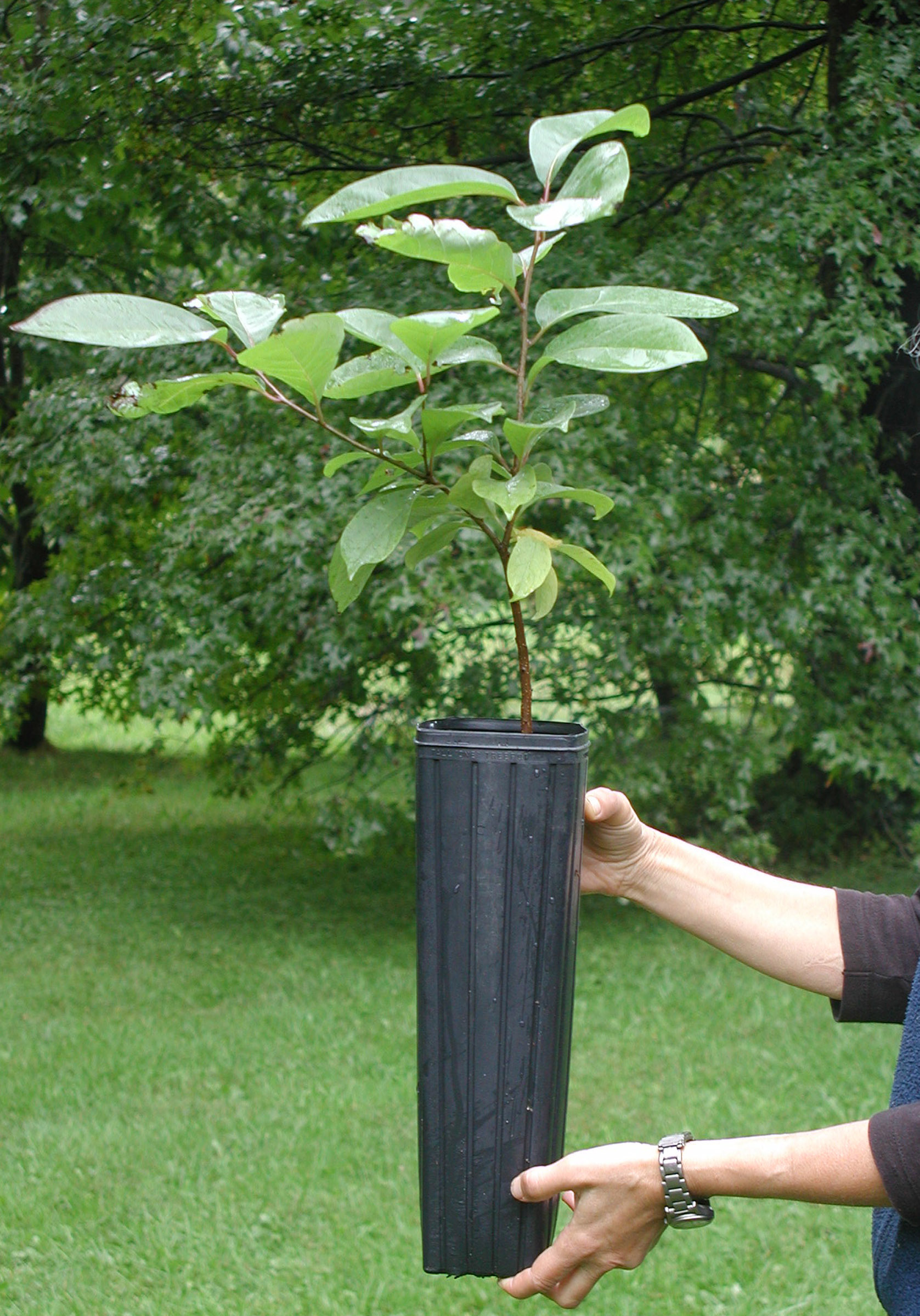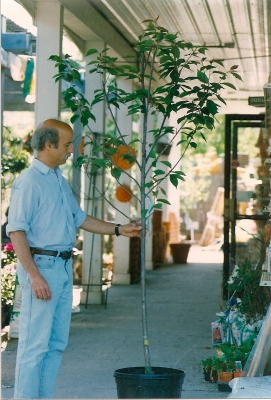HOE, HOE, HOE
“Cultivate”??
If I told you that I was stepping outside to “cultivate” my tomatoes, you’d perhaps think I was going out to pull off suckers and tie stems to their stakes. If I told you I was stepping outside to “cultivate” my garden, you’d perhaps imagine that I was going to attend to my tomatoes, perhaps also thin out excess corn plants, prune back my early blooming clematis, and . . . you get the picture. I’m going to take care of miscellaneous things in my garden.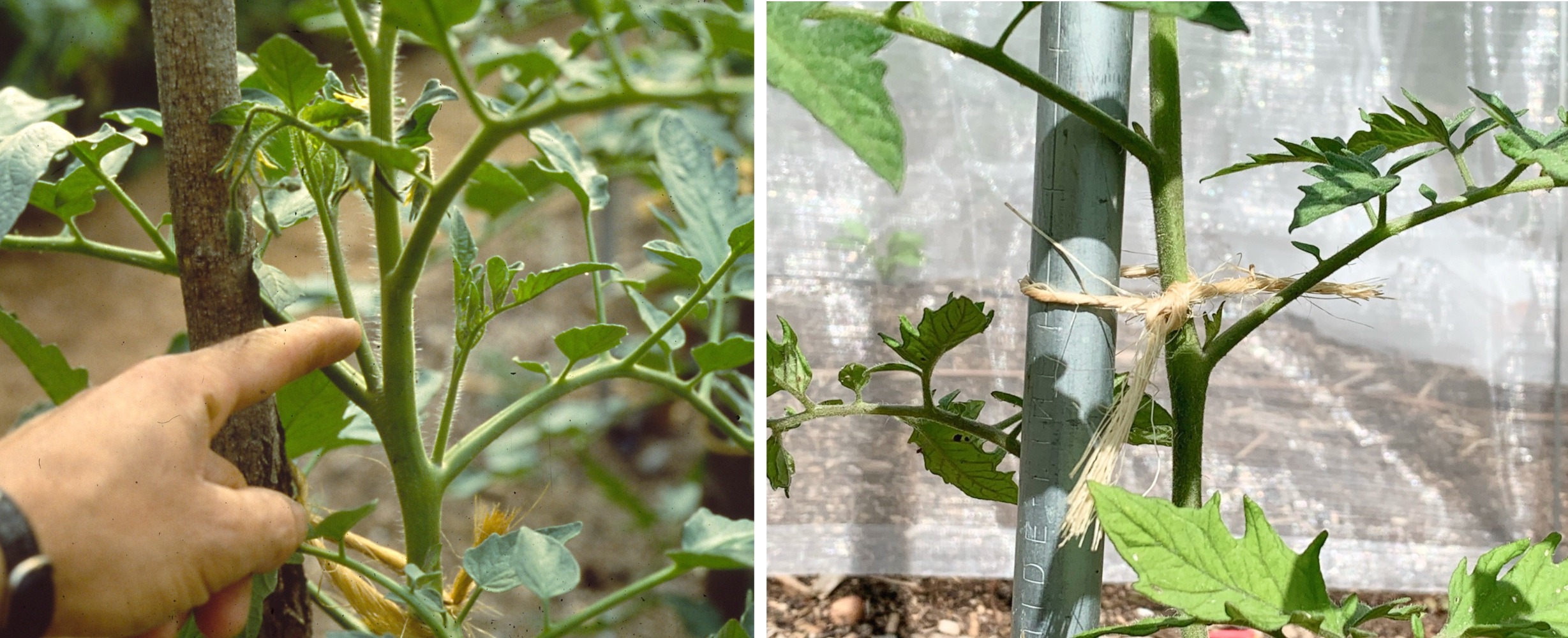
I wouldn’t say I’m stepping outside to “cultivate” my meadow because a meadow doesn’t involve the intimate care needed by a vegetable, a flower garden, or fruit trees or shrubs.
But “cultivate,” when it comes to gardening, is rife with meanings. Read more

